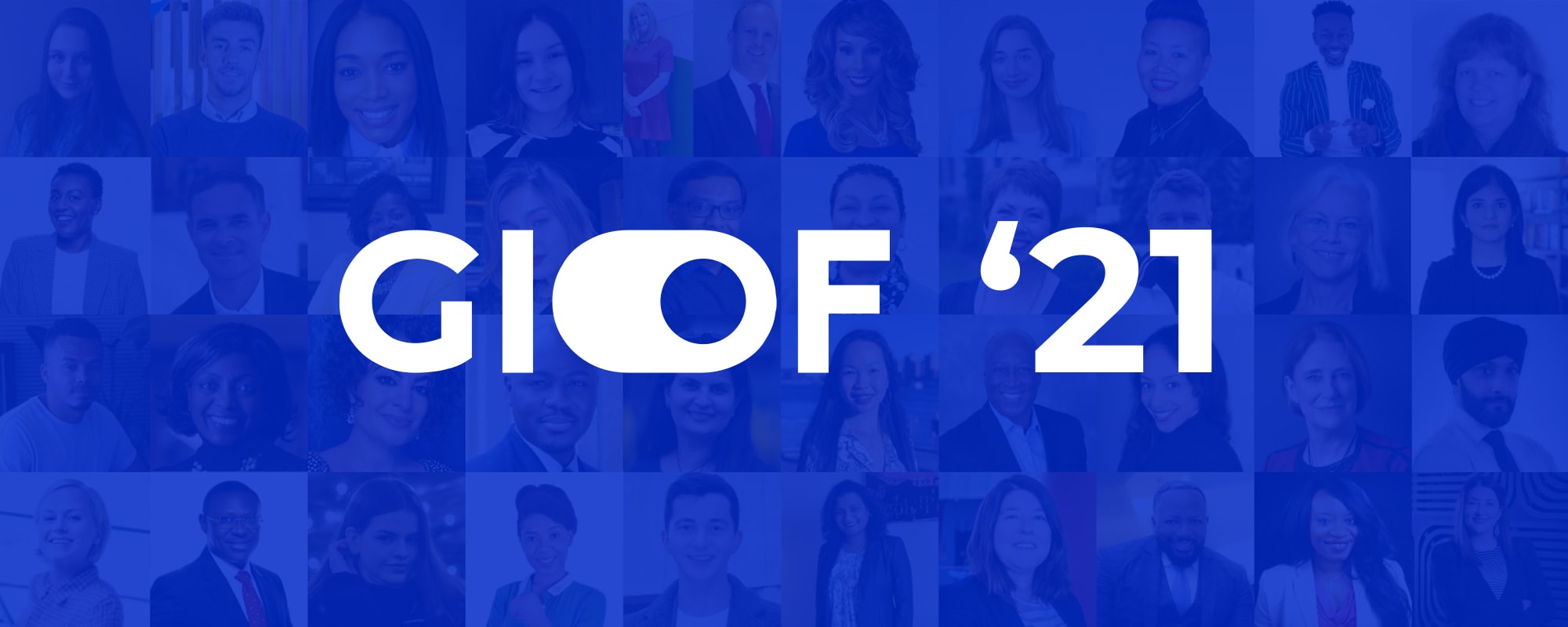GENDER EQUALITY: 3 MAJOR DIMENSIONS IN THE CORPORATE WORLD

The struggle for gender equality took root in the 19th century. Since then, the feminist movement has walked a long path from struggling for such basic rights as education, the vote, education, and marriage-divorce to fighting all forms of sexism, both physical and psychological, unequal pay and fair and equal representation in democratically-elected bodies.
When it comes to the corporate world, we have seen a big increase in women's rights activists over the last two decades. Still dominated by men, global corporations have taken numerous steps to show the rest of the business world an exemplary approach to reforms: mandatory representation of women on boards and in senior management, zero tolerance for verbal and physical forms of sexism, and greater diversity in the male-dominated professions.
Still, there’s a long way to go to achieve what gender equality advocates are fighting for.
The Global Inclusion Online Forum, now preparing for its third Annual Meeting, has always paid special attention to gender equality. The forum has hosted a number of renowned gender equality experts like Jennifer Brown and Michelle Penelope King, as well as Global Heads of Diversity and Inclusion at some of the biggest corporations that have already achieved visible milestones on their path towards gender equality.
Today, global action towards corporate gender equality is following three main directions, all of which will be raised at the Annual Event in May 2022:
1. Eliminating pay gaps. Pay gaps are the most evident manifestation of gender inequality at large companies. Fortunately, most international corporations have already eliminated pay gaps by adopting new salary policies. The most basic and common policy is that individuals working in the same position across one company should all be paid the same basic salary. Local companies across the globe are starting to follow suit.
At first glance this should be the easiest and fastest solution to long-lasting inequality. However, complete equality is not so simple. At most corporations, employees are paid basic salaries, which are regulated by such policies, and bonuses, which are not: in most cases, bonuses are awarded at the sole decision of a manager.
The lack of transparency in bonus allocation, which represents a lion’s share of their total annual income for many executives, keeps payment inequalities in place. In a recent article, I outline the foundations of a salary and performance evaluation system that could help make bonuses more transparent and eliminate complaints about pay gaps.
2. Maintaining a gender balance. Breaking the near-total male domination in top management has become the most important gender balance companies are aiming for now. In addition, many companies are also setting gender diversity goals within internal divisional and functional teams, such as HR, marketing, finance, administration and so on.
Here are a couple out of hundreds of examples. Shell, currently has 29% of women among senior leaders and is aiming to reach 35% by 2025 and 40% by the end of the decade. Toyota has introduced hiring quotas for women: 40% for administrative positions and 10% for engineering jobs.
On the other hand, the gender quota approach has its critics. Despite the general rise in female leadership, setting percentage goals for a particular organization can be quite troublesome. By focusing on numbers, corporate leaders may force their recruiters and teams to give unjustified preferences to a candidate’s gender and less priority to skills and qualifications. This can lead to loss of effectiveness on a team or in the company as a whole and no gain from diversifying the workforce.
3. Providing equal opportunity. The third and, in my opinion, the most important dimension of gender equality reflects the definition of UNICEF.
Supporters of this approach stress the importance of providing equal opportunity along with freedom of choice for both genders, as well as non-binary individuals, while avoiding the pitfalls of focusing exclusively on percentage gaps. With full freedom of choice and equal opportunity, we may not attain the ideal gender balance across all teams, but it will likely lead to far stronger employee engagement and satisfaction rates.
This approach acknowledges the natural biological and psychological differences between men and women that largely constitute the base for their occupational choices. For example, the Institute for Family Studies has done a long-term study of mathematically gifted individuals that revealed that men devoted about 25% more time to their careers than their equally-capable female peers, with the inverse proportion of time devoted to family. Moreover, these men placed a higher value on economic success and having an impact in their field than their female peers. The women, on the other hand, placed a higher value on career flexibility and time for friends and family than their male peers.
This study and many similar ones are the basis on which corporations can eliminate percentage quotas, avoiding “pushing” men or women into specific jobs, positions or professions, while allowing them to make free choices.
The ultimate goal of this approach is to ensure that even if there are only one woman and 100 men in a competition, all of them can be judged objectively according to the same criteria, without biases and discrimination.
At the Global Inclusion Online Forum’s Annual Meeting in May 2022, we’re going to elevate all three discussions to a new level. Having confirmed the participation of top leads of Diversity and Inclusion from corporations like Deloitte and Bank of America, together with renowned global gender equality experts and consultants, we’re going to look at the best companies that have already made significant progress towards full gender equality, paving the way for many more companies to join in. Check out the Global Inclusion Online Forum’s Agenda and sign up for this very important discussion.

 Blind Hiring Summit: Embracing the New Age of HR
Blind Hiring Summit: Embracing the New Age of HR DEI Data Summit
DEI Data Summit Diversity Fatigue Summit
Diversity Fatigue Summit GIOF 2022 Annual Meeting
GIOF 2022 Annual Meeting Banking for everyone: Arising accessibility trends in banking and financial services
Banking for everyone: Arising accessibility trends in banking and financial services GIOF 2021
GIOF 2021 GIOF 2020
GIOF 2020